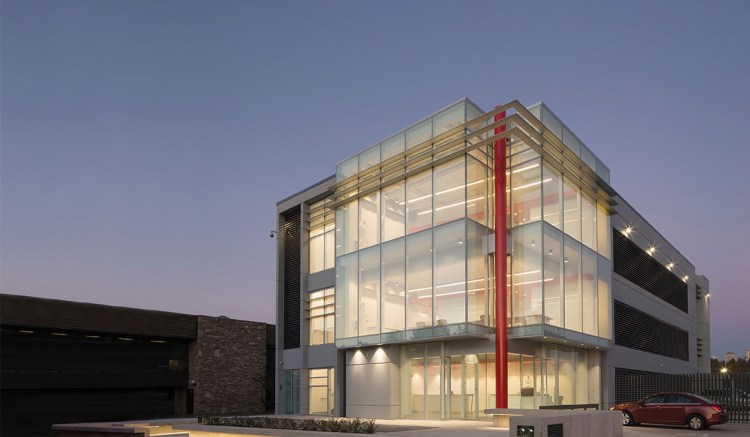
For data center owners and operators, it ain’t easy being green
Global Relay’s Senior Writer for Due Diligence, Vince Mendoza, talks about the intricacies and importance of green data centers.
Written by a human
It certainly ain’t easy being green, especially if you’re a data center owner or operator.
Data centers are among the most energy-intensive facilities. According to the U.S. Department of Energy, data centers consume 10 to 50 times the energy per floor space of a typical commercial office building and account for roughly 2% of total U.S. electricity use. The UK’s National Grid notes that data centers are believed to be responsible “for at least 1% of global electricity consumption” – a number expected to increase as demand for data storage surges.
Much of a data center’s energy is used to power and cool servers, which are required to run 24x7x365. Astonishingly enough, the U.K. National Grid predicts that 90% of a data center’s energy goes to waste while “the systems are idling and waiting for the next surge of traffic, with only 10% used for actual heavy computational work.“
The process of cooling servers generates massive volumes of carbon dioxide, a primary greenhouse gas (GHG) that traps and keeps heat in the atmosphere, significantly contributing to global warming. As internet use throughout the world rises every year, so does the demand for more data center services – increasing the risks of greater GHG emissions.
When designing and building data centers, owners and operators have a responsibility to ensure they provide the environment with the same level of protection they provide the sensitive data their facilities will be hosting. Doing so is both smart business practice and ecologically accountable entrepreneurship.
What is a green data center?
Unlike traditional data centers, green data centers use innovative technologies that minimize their carbon footprint, and help monitor and keep it under control. These technologies encompass power sources (primary and emergency), cooling and heat dispersal systems, air handling equipment, and various other components.
Efficient, reliable, and responsible, green data centers are becoming the preferred option for many companies and countries, as increasing climate-disclosure rules demand of them greater transparency and accountability.
Why choose a green data center?
The Paris Agreement, the first-ever legally binding global climate deal, entered into force on November 24, 2016. It aims to limit the average global temperature from rising over 2◦C above pre-industrial levels. Data center owners and operators can do their share in curbing climate change by adopting green technologies that lower their GHG emissions.
As well as the Paris Agreement, financial regulators across the globe now expect firms to disclose climate-related information, which extends to the input and output of the services they employ. This makes ESG a key consideration when firms perform due diligence on new vendors and potential business partners. As stricter regulatory expectations emerge, firms will need to evaluate their contribution to climate change and potentially revisit their operations. Using a green data center is a smart way of future-proofing their business.
Finally, there’s the matter of sustainable investing. Over the past five years, there has been a marked shift in investor preference for organizations with sound ESG policies and practices. Companies invested in green technology almost always win investors’ hearts and minds.
What’s green about Global Relay’s private data center?
In keeping with its commitment to environmental protection and sustainability, Global Relay opened its own green private data center on Earth Day 2014. The facility uses alternative, eco-friendly data storage and management processes that reduce its environmental impact.
For instance, instead of traditional, mechanical air conditioning, Global Relay’s data center employs free air and evaporative systems to cool its servers – cutting its energy consumption in half. It runs on hydroelectricity, a low-carbon, renewable resource; and uses variable frequency drives (VFDs) to ensure all air handling equipment operates only at the required minimum speed, further increasing energy efficiency and prolonging equipment life.
Beyond its energy-saving features, the facility uses a flywheel, uninterruptible power supply (UPS), not the toxic and failure-prone lead-acid battery UPS found in many data centers.
This article is subject to Global Relay’s Policies and Terms of Use and does not constitute legal or compliance advice.
Global Relay’s green credentials, alongside our reputation for successfully connecting intelligent archiving with compliant messaging, make us the consummate partner in helping you achieve your compliance, communication, and environmental goals. To learn more, speak to the team.


